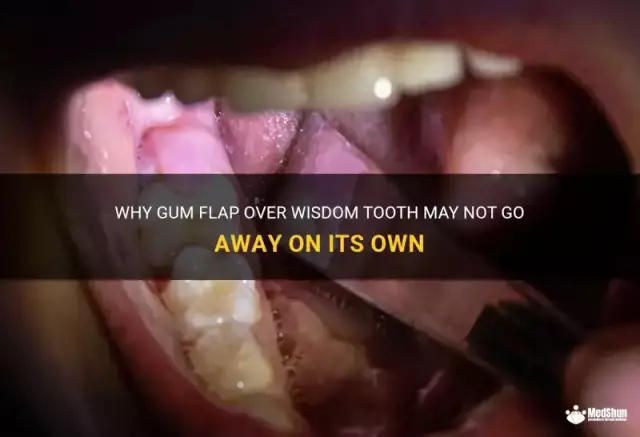- Author Curtis Blomfield [email protected].
- Public 2023-12-16 20:44.
- Last modified 2025-01-23 17:01.
If the gum moves away from the tooth, this is a sign of periodontitis, an inflammatory process. With this disease, pockets form in the gums, and active damage to the ligamentous apparatus of the teeth occurs.
Causes of periodontitis

The causes contributing to the development of periodontal disease are as follows:
- somatic diseases (weak immunity, diabetes mellitus, diseases of the hematopoietic system);
- dental plaques (pathogenic microflora actively grows in them);
- pathogen microbes;
- injuries (occur from malocclusion, atypical traumatic position of any teeth);
- insufficient sanitation (tartar, caries).
Symptoms of disease
If the inflamed gum moves away from the tooth, this is the active stage of the inflammatory process. The onset of the disease does not bring discomfort and does not manifest itself in any way. The clinical picture of the development of periodontitis is as follows:
- bleeding, swelling, redness of the gums;

- tooth sensitivity;
- sensation of pus in the mouth;
- gingivitis - inflammation of the mucous membrane of the gums;
- abscesses in places where the gum moves away from the tooth;
- increased body temperature;
- enlarged hard lymph nodes, painful on palpation;
- loosening of teeth.
Get rid of periodontitis
The effectiveness of treatment is related to the degree of damage to the oral cavity. The sooner it was possible to detect the beginning of the pathogenic process, the sooner the recovery will be. If a purulent fistula has already formed on the gum, immediate treatment is required. Delay can lead to sepsis and death! The therapy includes different methods.
1. Local treatment. It comes down to a thorough rehabilitation and elimination of the causes that cause the development of the disease. For example, grinding a filling, treating a tooth that injures the gums, correcting a bite, removing tartar. In the initial stage, these are quite effective measures for a complete recovery.
2. Surgical intervention. In cases where the gum moves away from the tooth, the doctor needs to thoroughly clean the purulent periodontal pockets. For this, open or closed curettage is used. After surgical manipulations, the oral cavity is periodically treated with alcohol-free antiseptics - until the inflammation is completely removed and the pockets heal. Full recovery with this therapy will take 3-6 months.
3. General treatment consists of appointments:

- drugs to improve peripheral circulation;
- antibiotics subject to cultureoral microflora;
- multivitamin complexes to improve immunity;
- rinsing the mouth with a decoction of oak bark - it creates an invisible film through which pathogenic bacteria do not penetrate.
Disease prevention
The following simple measures will help prevent the inflammatory process:
- thorough care (special toothpastes, rinses, decoctions of medicinal herbs, s alt solution will help in this);
- regular visits to the dentist (for preventive examination, removal of tartar, elimination of infection, caries);
- strengthening immunity.
Periodontosis is an insidious disease. If you do not detect it in the initial stage, it will take up to six months to defeat pathogenic bacteria. Keep your gums he althy so that your big smile will always please others.






